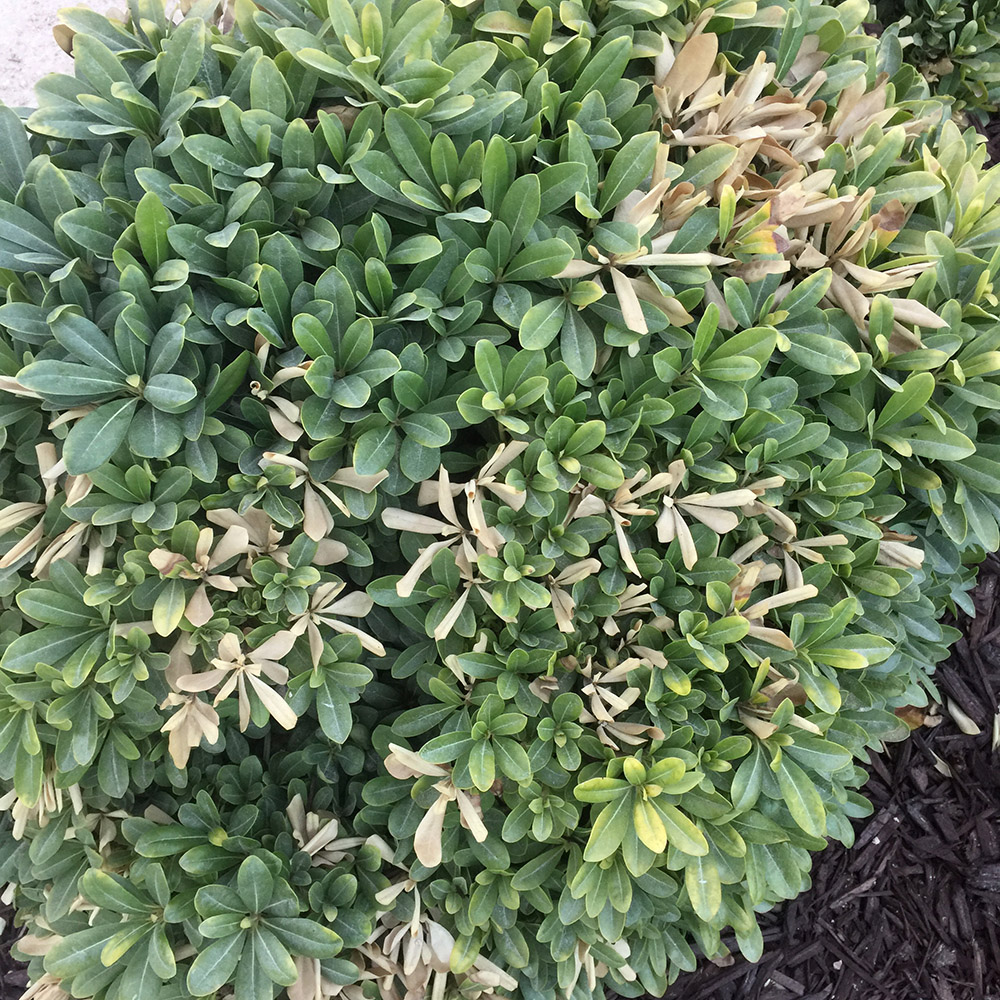
If you feel as though you’ve been living in an oven lately, you certainly aren’t alone. We’ve had a hot summer here in Southern California, and some of our plants are suffering. Would you know the signs of heat stress if you saw them? Read on to discover how you can help your plants survive the rest of this brutal summer (which generally lasts in the Temecula Valley until mid to late October).
The first thing to know is that nature, being as resilient as it is, provides plants with several survival mechanisms to help them cope with excess heat. However, you can’t count on your plants to always pull themselves through these situations. Once you see signs that your plant is struggling to survive, intervene immediately, because the survival mechanisms can and do fail.
The first sign of heat stress is leaves that wilt or fold, and stems seem weak and floppy. Sometimes, particularly in temperatures in excess of 100 degrees, this sign will precede the next symptom by only hours, so be sure to check your plants whenever possible in such hot weather. The second sign is discoloration of leaves. Rose leaves may fade, grass may turn brown or even grayish blue, and brown spots appear on plants as if they’ve been scorched. A third sign of heat stress is that the plant will begin to drop leaves. You may notice a sudden increase in the number of leaves you rake up around your garden.
During times of stress, flowering plants will slow flower production to conserve resources. Roses will often lose much of their scent, so you may notice they aren’t as fragrant as they were in the beautiful weather of the spring. As for grass, it will crunch and fold underneath your footsteps, rather than springing back up as it should.
New plantings are much more vulnerable than established plants, and potted plants lose moisture more quickly, so keep an extra watchful eye on these. Switching to unglazed terra cotta pots can help, as they hold less heat than glazed or plastic pots. Monitor potted plants, and move them to a shady location at the first sign of stress. Increase your watering, since these plants cannot extend their roots down into the earth to draw up more moisture.
Remember that fertilizing won’t help with heat stress at all. What you need to do is adjust your watering times – not the frequency, but the length of watering. Irrigate more deeply into the earth, so that your plants have a continual supply of water that their roots can draw upon. When cutting your grass, adjust the mower to trim only the top third of your lawn, as longer grass blades will shield the roots from the harsh sun.
As always, prevention of problems is important when planning your landscaping. To ward off heat stress in the future, remember to choose plants which are naturally suited to high heat or which have been hybridized to help them survive the elements.

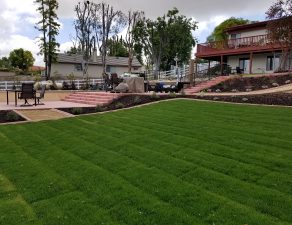
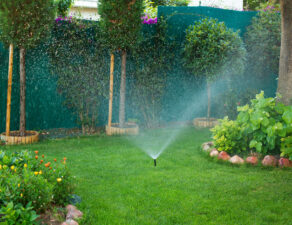
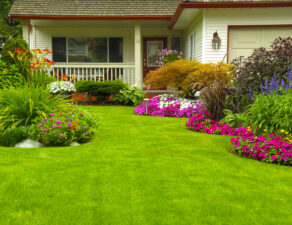
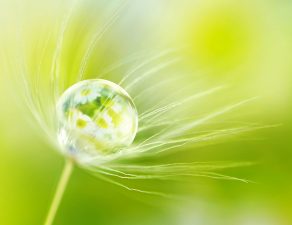
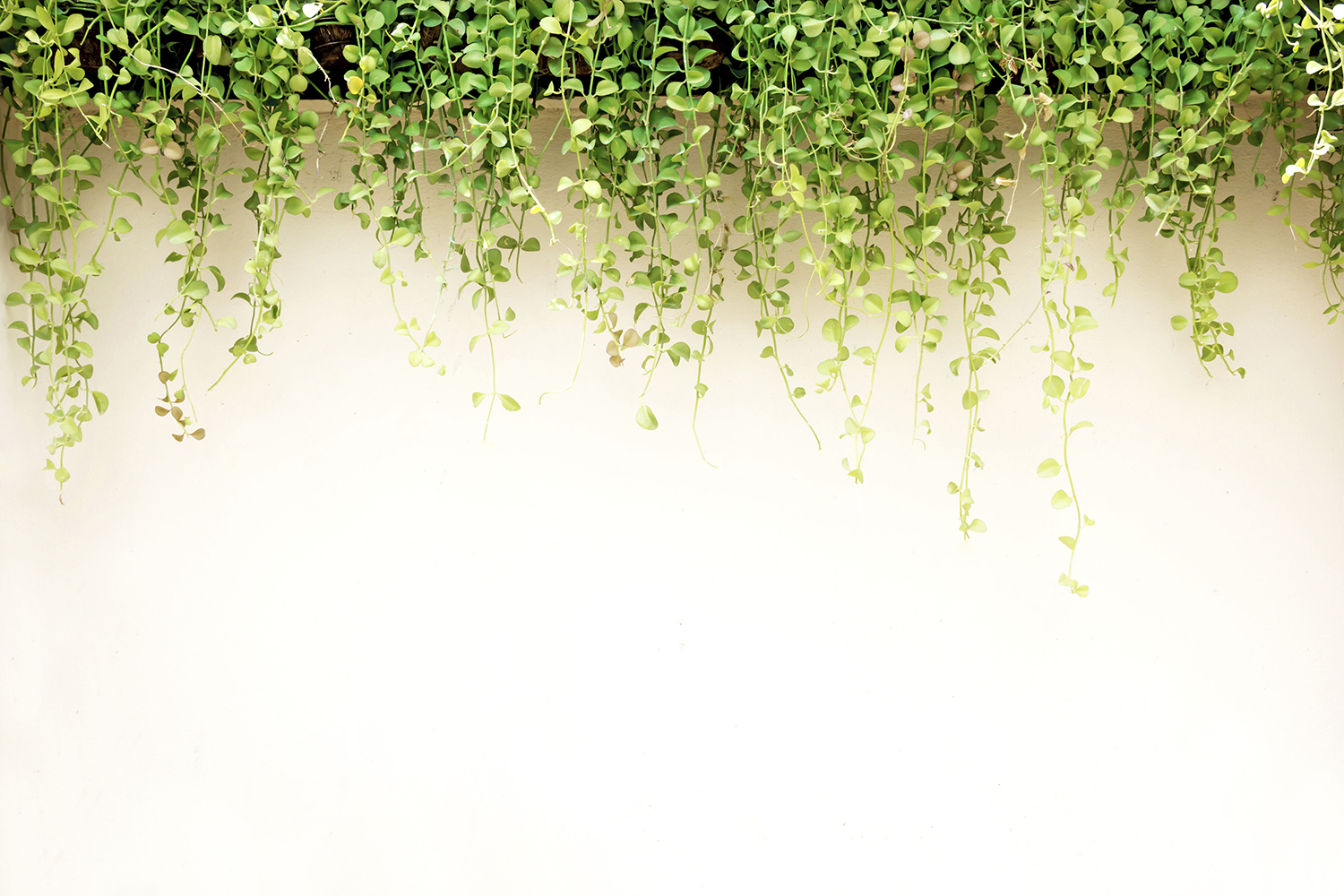
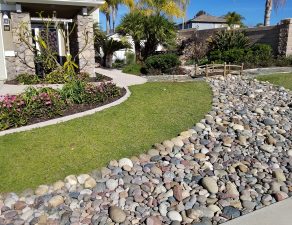
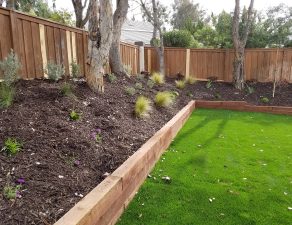
Write a comment: